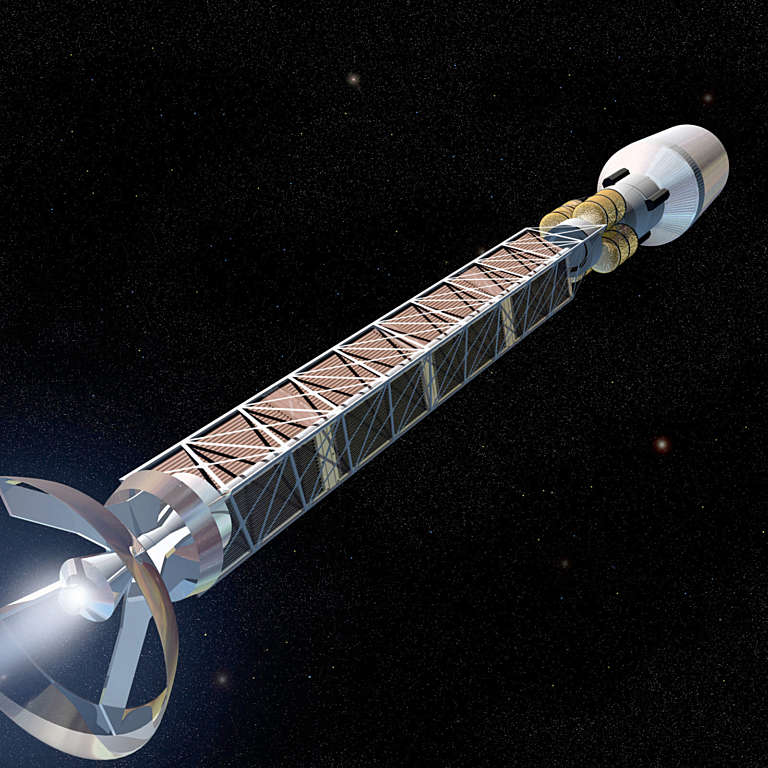

Any antiprotons passing close enough to heavy atomic nuclei could create an electron-positron pair in a tiny fraction of cases, the antiproton would bind with the positron to make an atom of antihydrogen. The researchers allowed antiprotons circulating inside LEAR to collide with atoms of a heavy element. In 1995, physicists at CERN announced that they had successfully created the first atoms of antihydrogen at the Low Energy Antiproton Ring (LEAR). The antimatter counterpart to the simplest atom, hydrogen, is a neutral antihydrogen atom, which consists of a positively charged positron orbiting a negatively charged antiproton. And because antimatter annihilates in a flash of energy when it interacts with regular matter, storing it presents a challenge. So in order to study it, physicists have to make it themselves. What happened to swing the balance away from antimatter is one of the greatest puzzles in physics.Īstronomers search for antimatter in space, but it’s hard to come by on Earth.

But shortly after the big bang, most of the antimatter disappeared, leaving behind the tiny portion of matter that constitutes the universe we live in today. In 1928 the physicist Paul Dirac proposed that every particle of matter should have an antimatter counterpart.


 0 kommentar(er)
0 kommentar(er)
